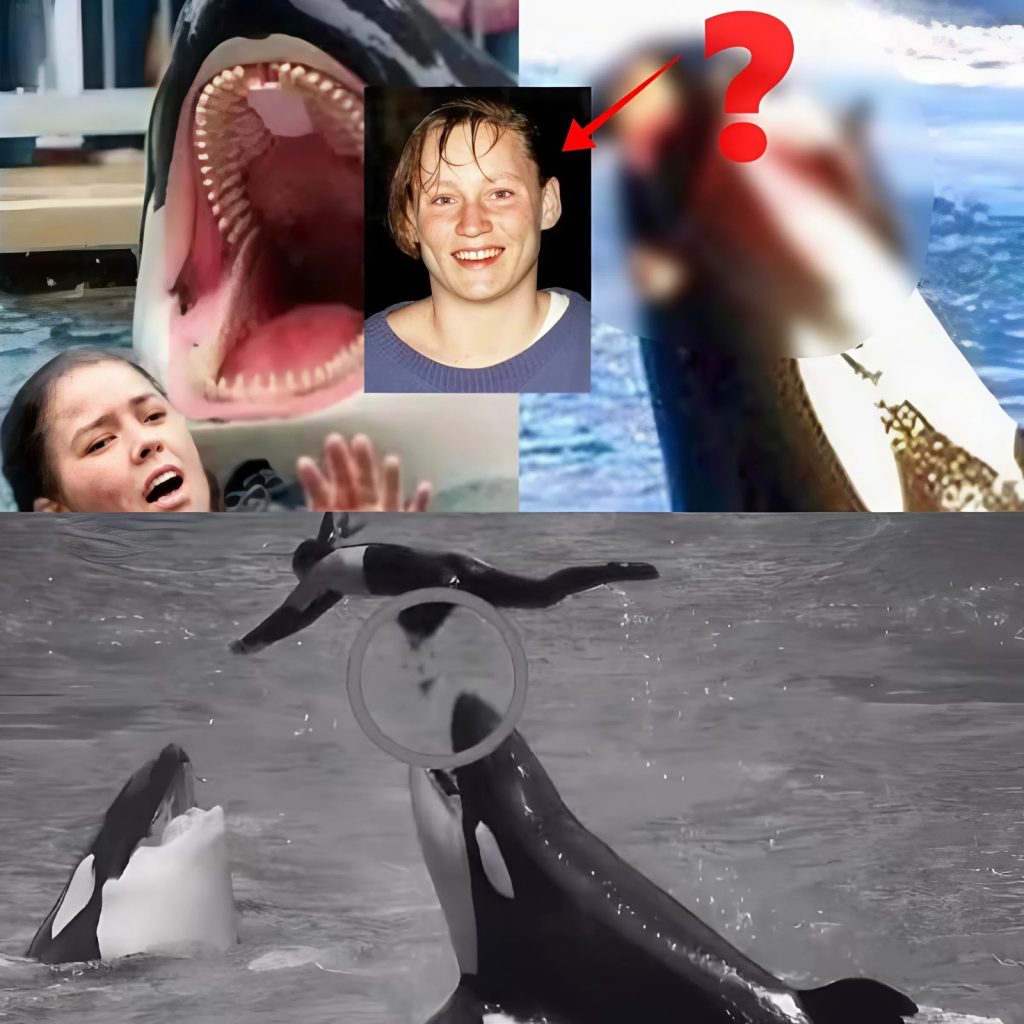
They thought $75,000 could erase the horror, but the truth about a hidden orca attack at SeaWorld was never meant to stay buried. In an industry built on dazzling performances and carefully curated public images, incidents behind the scenes often remain locked away from public view. According to leaked accounts and insider testimony, one such incident involved a violent encounter between an orca and a trainer — a confrontation so severe that it left both physical scars and deep psychological trauma. The company allegedly attempted to resolve the situation quietly, offering a settlement intended to keep details away from public scrutiny. Yet, as with many efforts to conceal the truth, cracks in the story eventually began to show, and what emerged painted a disturbing portrait of corporate damage control colliding with the raw power of nature.

The alleged attack occurred during what was supposed to be a routine training session. The orca, known for its performances in front of thousands of cheering visitors, suddenly turned aggressive, dragging the trainer underwater with terrifying force. Witnesses described a chaotic scene in which other staff members scrambled to intervene, banging on metal gates and using signals in a desperate attempt to distract the animal. While the trainer survived, the injuries sustained were significant, and the emotional toll would prove even more severe. Such incidents, though rare in public perception, are not unprecedented in marine parks, where apex predators are kept in confinement far from their natural environments.
SeaWorld’s immediate response, according to sources close to the matter, was not to hold a press conference or address safety concerns head-on, but to contain the fallout. Lawyers entered negotiations with the injured trainer, and a settlement figure of $75,000 was reportedly put on the table. In corporate terms, it was a relatively small price to pay to avoid a media storm, especially one that could reignite debates about orca captivity. Non-disclosure agreements, legal language about “no admission of fault,” and strict confidentiality clauses were all part of the package. The goal was clear: keep the story from gaining traction outside the walls of the park.

For a time, the strategy appeared to work. The public continued to see polished marketing campaigns, family-friendly commercials, and thrilling orca shows without any hint of the danger lurking beneath the surface. Visitors posted smiling photos online, completely unaware that behind the scenes, a colleague was living through the aftermath of a traumatic underwater battle. However, internal whispers began to spread. Former employees shared quiet conversations, and eventually, fragments of the story reached activists and investigative journalists. The settlement — once thought to be the end of the matter — became the very thread that began to unravel the carefully woven cover-up.
As reporters dug deeper, the narrative took on a new dimension. The attack was not just a freak accident; it was part of a broader pattern that critics of the marine park industry had long warned about. Orcas in captivity, deprived of their complex social structures and vast ocean ranges, can display unpredictable and sometimes aggressive behaviors. For activists, the alleged $75,000 offer symbolized not compassion for a harmed employee but the commodification of human suffering — another transaction in a business model built on keeping dangerous truths hidden. The revelations also reignited public debate about the ethics of keeping orcas in tanks, especially in the wake of high-profile documentaries that had already shifted public opinion.
%20110820256.jpeg)
In the end, the attempt to silence the story only amplified its impact. Once out in the open, it became more than a single incident; it was a case study in corporate crisis management, ethical responsibility, and the limits of controlling a narrative in the digital age. Social media ensured that no amount of money could guarantee silence when individuals were willing to speak out. For the trainer involved, telling the story was not about revenge but about acknowledging what happened and preventing similar tragedies. For the public, learning the truth was a sobering reminder that behind the spectacle, the ocean’s most formidable predators are not props or performers — they are wild animals whose instincts cannot be negotiated away with contracts or cash.
SeaWorld, for its part, has faced mounting pressure to address these concerns transparently. While the company has made public statements in the past about safety protocols and animal welfare, incidents like this highlight the gap between corporate assurances and on-the-ground realities. The leaked details of the orca attack, coupled with the attempted $75,000 settlement, have become part of a larger conversation about accountability, animal ethics, and the price some corporations are willing to pay to keep damaging stories out of the headlines. In this case, the price tag was not enough, and the truth — as it often does — found its way to the surface.